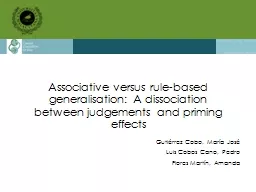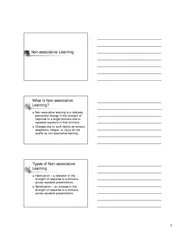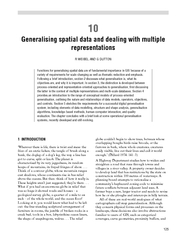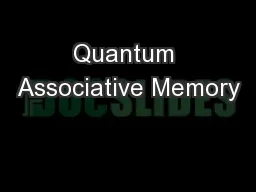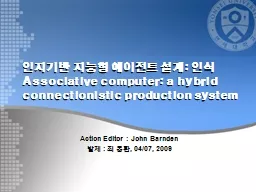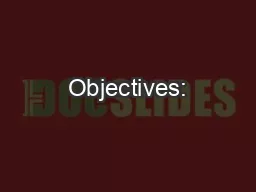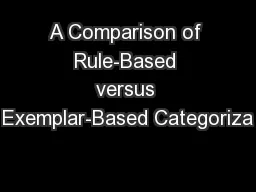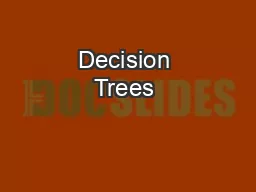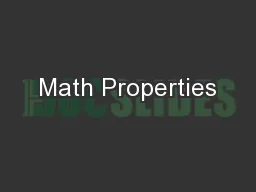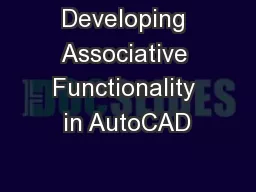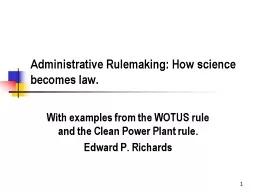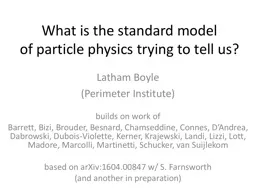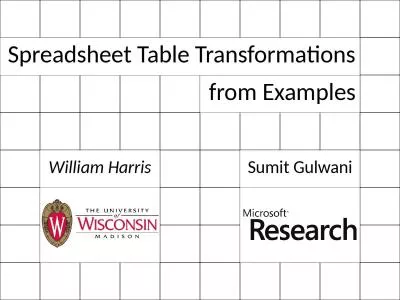PPT-Associative versus rule-based generalisation: A dissociatio
Author : liane-varnes | Published Date : 2016-04-26
Gutiérrez Cobo María José Luis Cobos Cano Pedro Flores Martín Amanda CONTINGENCY LEARNING INFERENTIAL PROCESSES Slow Rule based
Presentation Embed Code
Download Presentation
Download Presentation The PPT/PDF document "Associative versus rule-based generalisa..." is the property of its rightful owner. Permission is granted to download and print the materials on this website for personal, non-commercial use only, and to display it on your personal computer provided you do not modify the materials and that you retain all copyright notices contained in the materials. By downloading content from our website, you accept the terms of this agreement.
Associative versus rule-based generalisation: A dissociatio: Transcript
Download Rules Of Document
"Associative versus rule-based generalisation: A dissociatio"The content belongs to its owner. You may download and print it for personal use, without modification, and keep all copyright notices. By downloading, you agree to these terms.
Related Documents

